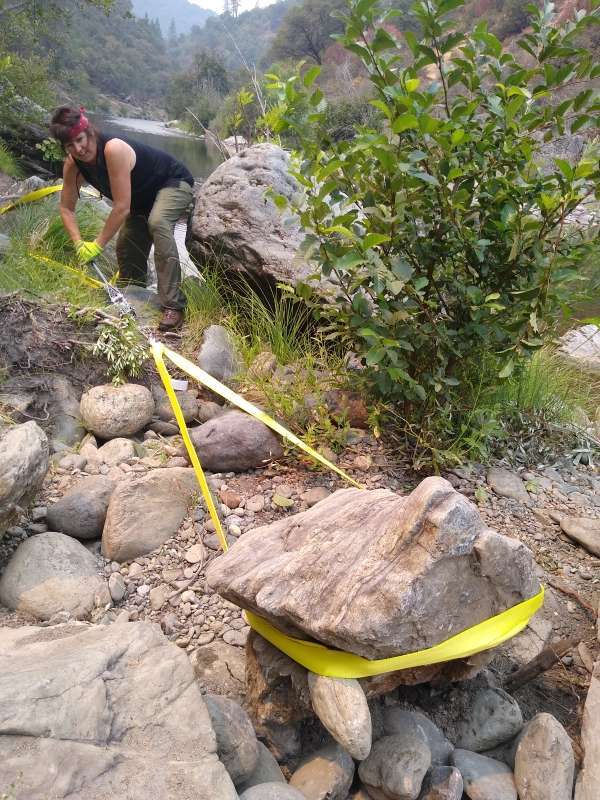For 40 years I’ve been chasing gold, ranging from gold panning, sluice boxes, dredging, then into underground mining and open pit as well. I’ve run mining projects, open pit and hard rock, and was a certified assayer for Goldfields in Nevada. I’ve had plenty of schooling, including the school of hard knocks 😊 I’ve done my share of teaching mining as well. I’m a licensed blaster, including all the certifications for explosives. All this and I still don’t know very much.
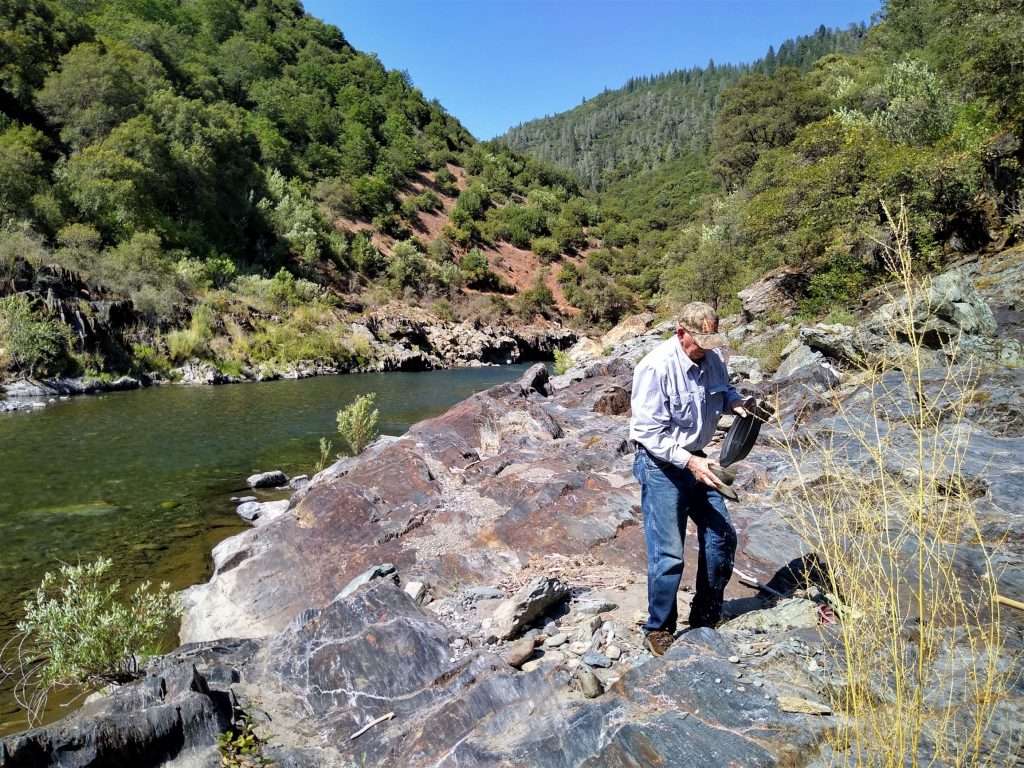
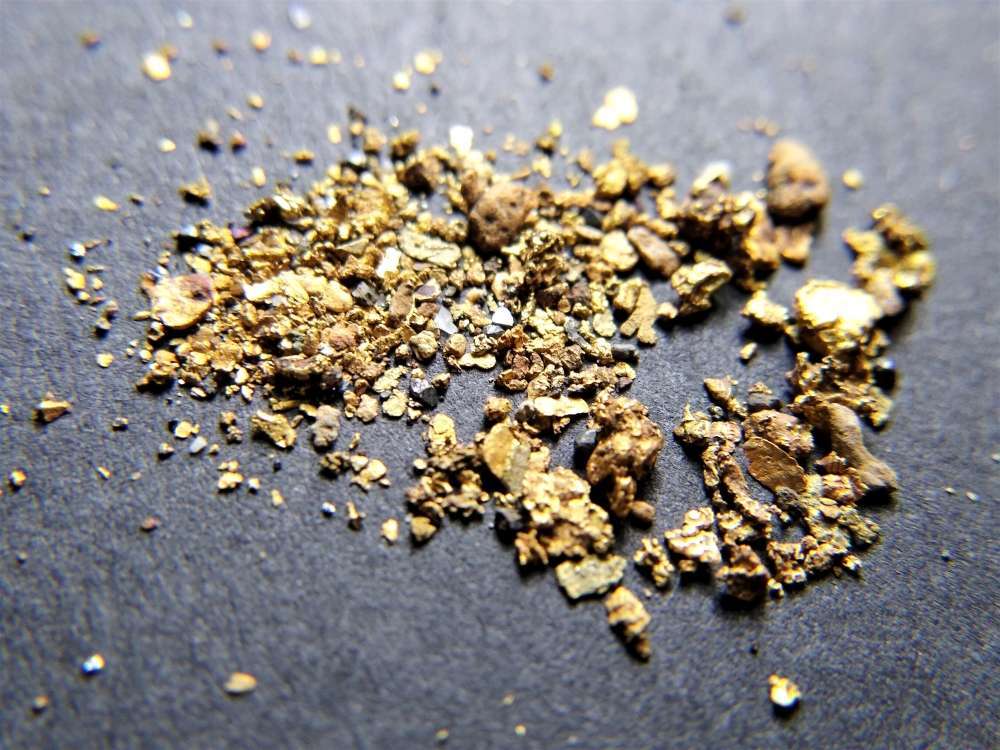
That’s the challenge of mining and exploration. You just never stop learning. Some of you know I started out in the computer world as a youngster. Was a programmer, system designer, manager of various kinds, including owning and running my own computer company for five years, and today I’m a dinosaur in this automated world. I became bored with it all until I learned how to pan for gold one weekend…Gold Fever! I changed worlds in six months and forty years later I’m still challenged in this amazing occupation.
All of this introduction is to illustrate no matter how much you know there is still a lot more to learn. There is great truth that goes “The more you know, the more you realize you don’t know”. This was reinforced just a month ago when, with all these years of prospecting, I ate some crow. Now this is an old idiom I learned about a long time ago and you all likely know the meaning, and may have even tasted some!
Eating Crow
To simply clarify this, ‘eating crow’ goes back a least 150 years ago. It basically means to having taken a strong position, then finding out and admitting you’re wrong. The saying is primarily based upon the condition that eating crow is very repulsive to eat! This is getting ahead of the story some though and what I’m about to cover first is the basis of my article.
We all have seen many diagrams of the various drop zones of gold. The most common and discussed is sharp curves in the river and how the water pressure changes as it goes around the curve, permitting the heavier minerals to drop out because of the reduced pressure and push of the water. This is a classic example of water going around a sharp bend and as it progresses the water pressure is reduced on the inside of the curve as the channel width spreads out. A good indicator to look for is old metal dropping out on the bar, indicating a pressure release point. This doesn’t always mean there is gold present but it does indicate a drop zone and the potential for gold.
Generally, a gravel bar is associated with the curve since the pressure is less and that permits gravel to drop as well. This picture diagram shows that. Don’t always expect it though. The next picture diagram shows this variance.
The gold drop zone written about in a Green Valley article was of a different type of deposit, not associated with a classic curve. There is a lot to the adage that ‘gold is where you find it’.
All this brings us to the latest exploration this past August. It seems that it’s becoming more and more necessary to go further away from where people normally go to. Local easy areas to access have been worked over and over, and gold replenishing does not occur very often. That’s my excuse anyway and this last trip Cindy and I hiked just over five miles to get to the spot we wanted to check out. There was no other way to get there unless a helicopter took you in. The elevation drop down the mountain was just about 1100 feet, that’s not bad, especially where you have a decent trail.
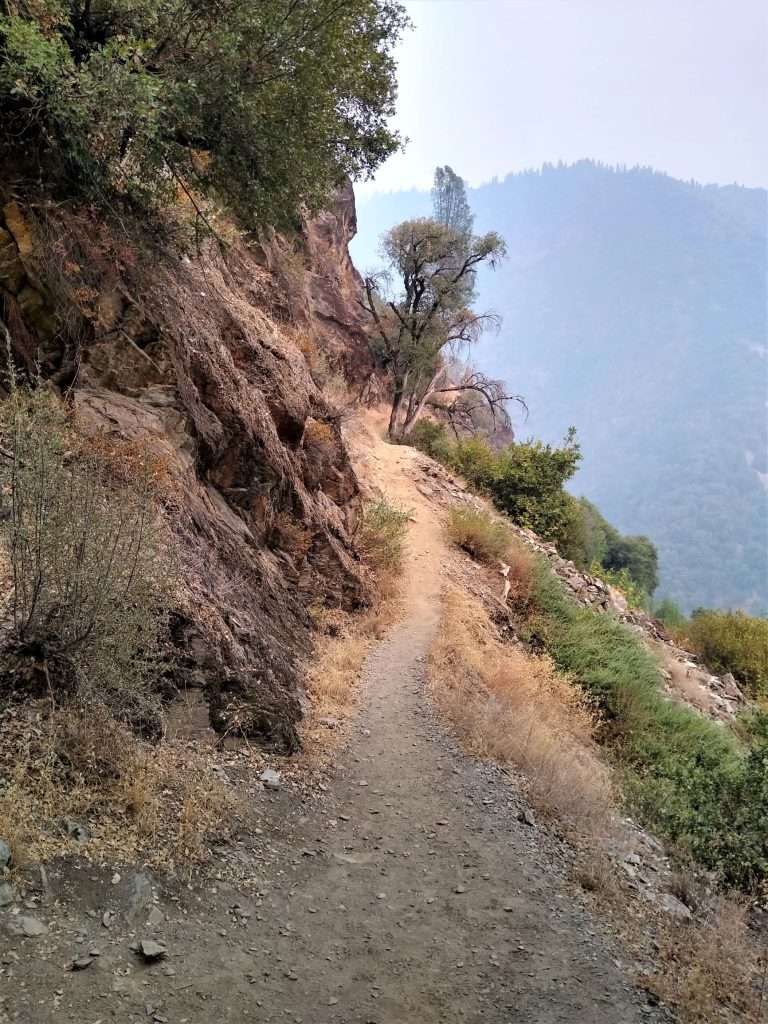
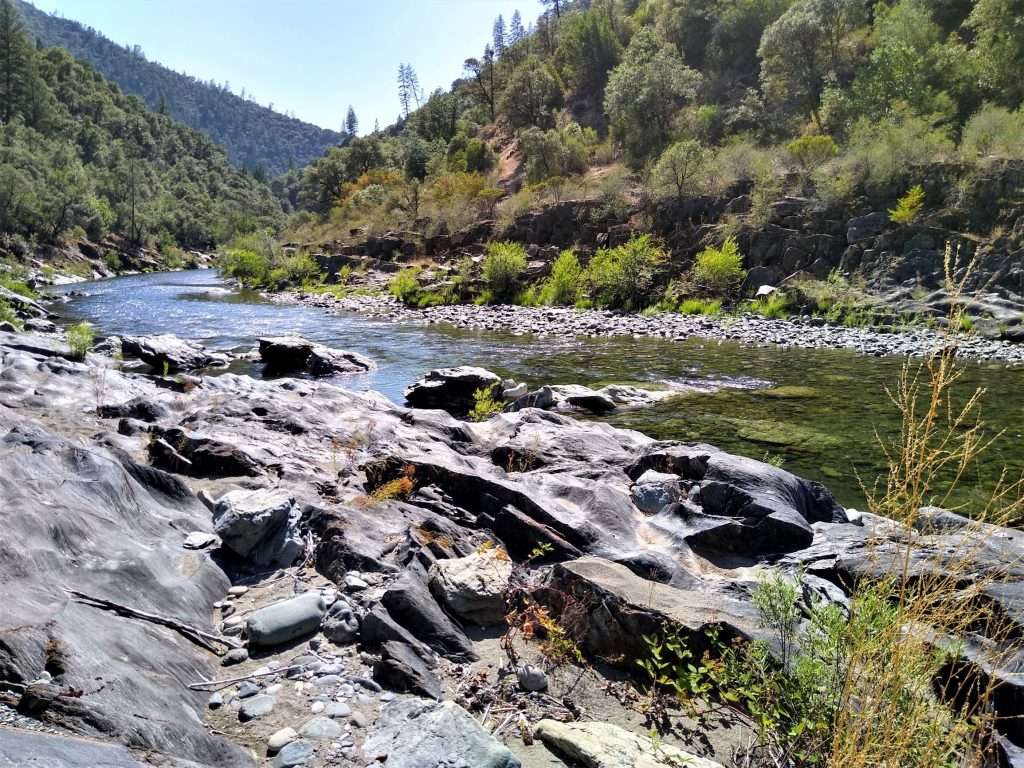
When we got to the North Fork of the American river we had to cross once and then we went upstream as far at we could, without swimming on up. The river pinched hard going up and we went to work panning right there. The color was really poor, and sometimes not at all. It became obvious we were not going to do well at this location. It meant back tracking, cutting back across the river, and then going downstream. We were losing time and at this time of year we’re having less and less light from dawn to dusk. We found a neat looking river bar and again found almost nothing. It was looking bleak for the day. Who wants to hike 10 miles for the day and find nothing?
Cindy looked across the river and said she wanted to go over there and give it a try. Well, I looked over there and saw just bed rock, no gavel at all, and apparent swiftness of the river. I wasn’t for it. I will grant that the spot was downstream from a sharp curve, but over 100 yards downstream. She was just determined to go. I gave reasons not to go but agreed that I would wait for her while she did the venture across. The crossing wasn’t difficult and she said that she would take one pan there, just to satisfy her curiosity. Well, she did it and flashed her finished pan at me from across the river. Inside her pan was a nice piece of gold. I could see it from where I was.
That meant one thing…. I was going across to where she was. I was wondering….did she salt it just to get me over there? 😊. So when I got there I dug a pan full and guess what? She was right. There was gold and it offered some real potential. We spent the rest of the afternoon there, checking out all along the bedrock territory and just about always finding enough gold to make it worthwhile to come back with a sluice box.
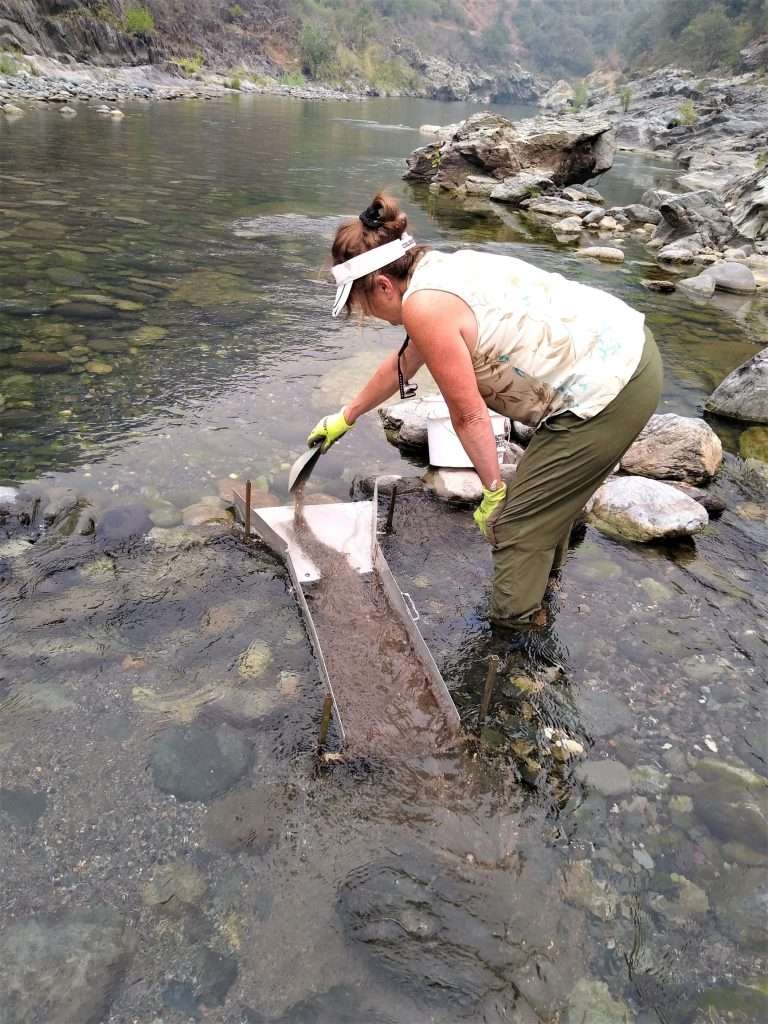

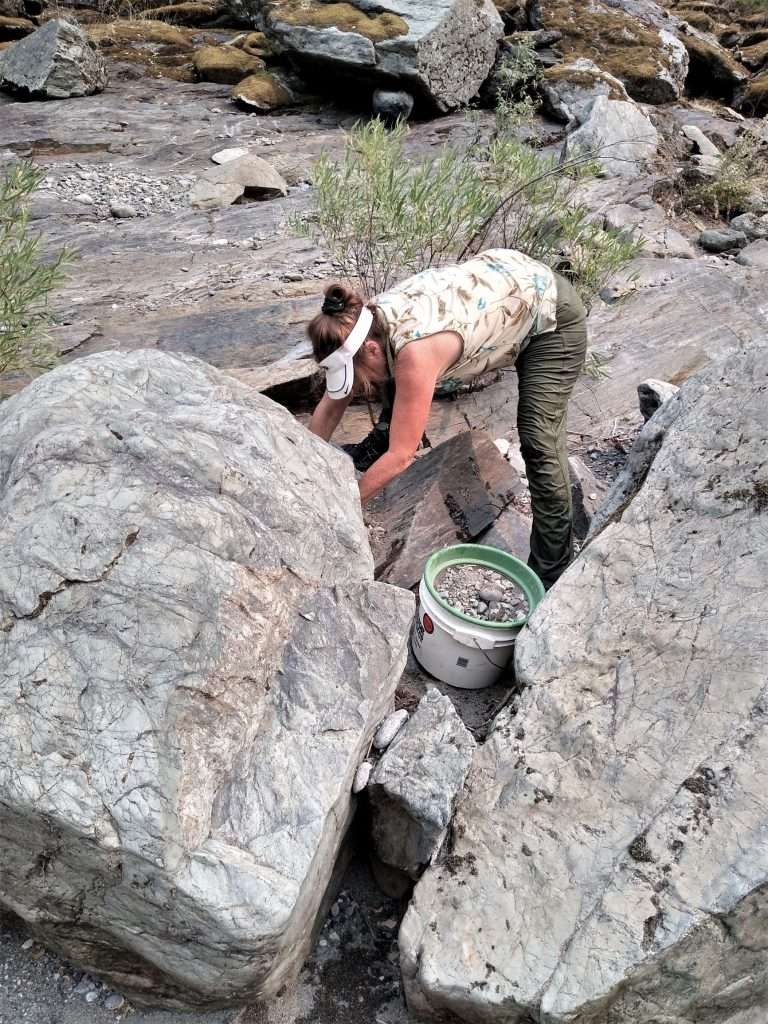
Because of time and a long hike out, we called it a day and crossed back over the river. Right then it was time for me to ‘fess up’…. I ate some crow! Yep, I told her she was right and I was wrong. The paying zone had me fooled. The lack of a river bar on that side caused me to back away from it.
We had a 2-hour 40-minute hike out of there and a week later we were back with a sluice box.
The sluice box was not a tinker toy and I’m not sure if we would carry one that far again. We did though and we worked all day at it. I also had two buckets on my backpack and we used them, along with ¼ inch sieves to classify the material. By the days end we had run 28 half-buckets through the box.
The bedrock had small pockets of gravel and every pocket carried color for the sluice box. Sometimes a pocket would contain four or five half-buckets of gravel. Each was gold bearing. We were not finding nuggets though, We always had color and, in the end, small gold adds up in weight if you have enough of it. There is a lot of work to get enough of it!
In the end we had just about 2 ½ pennyweight. We’ve pretty well cleaned the area out and it will take a monstrous storm to do any replenishing. Maye we’ll check it out again in a year or two.


We’re practically in the fall season now and the limited amount of daylight makes it difficult for longer prospecting hikes. Come winter I think we’ll be switching to detecting. I have a detector but I’m not good at it. I can see another learning lesson coming!
Until soon. Don

